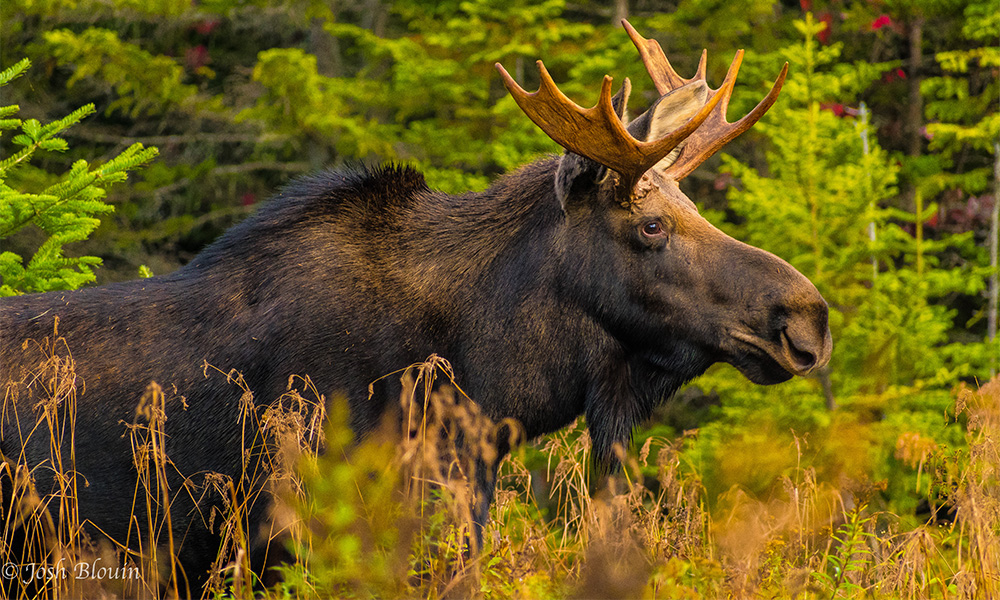Vermont Home to Richest Wildlife Occurrence in New England
Jun. 9th 2021Wildlife are an integral part of any regional ecosystem. New England is home to a plethora of birds, mammals, reptiles, and more. Some of these species are easier to study than others, and some even serve as “umbrella” or “indicator” species, meaning their prevalence encompasses or reflects that of other species. For example, the bobcat can act as an umbrella species because when its large home range is protected or managed, this may benefit other species.
To better understand distribution of wildlife across the region and the relationship among certain types of wildlife and their habitat’s climate, researchers from the University of Vermont (UVM) and the Vermont Cooperative Fish and Wildlife Research Unit conducted a study of a number of focal species in the area. Led by Schuyler Pearman-Gillman, Ph.D. Graduate of the UVM Rubenstein School, the researchers conducted a study of 10 focal wildlife species and their distribution across the six New England states.
The species studied included American black bear, bobcat, coyote, gray fox, moose, raccoon, red fox, striped skunk, white-tailed deer, and wild turkey. The researchers conducted a survey among 46 New England wildlife experts to collect 3,396 occurrence estimates of the 10 focal species across the region. From this data they created species distribution models. Crowdsourced data from iNaturalist served to confirm accuracy.
The survey results and species distribution models helped to quantify the effects that different habitats have on a range of wildlife species and their regional occurrences. New England is the most densely populated and forested region in the country, factors that play a role in wildlife distribution. Climate patterns, land use, and land cover of this region are all changing relatively quickly, which will further impact the biodiversity and ecology of this area.
“This set of spatially compatible and regionally applicable models offer probabilistic insight that can help inform conservation and management decisions,” said Pearman-Gillman.
Researchers found that the highest average richness of the focal wildlife is in the least developed New England states, Vermont and Maine. On the other hand, the lowest average areas of richness are in the most developed parts of Rhode Island and Massachusetts. The focal species are most commonly found in structurally diverse forested areas and least common in more developed areas with higher human populations. According to the researchers, “the presence of development often reduces the availability and accessibility of important habitat.”
Of the New England states, Vermont has the highest level of focal species richness. Occurrence of the American black bear is relatively high in central Vermont. Bobcats are slightly more common in Vermont than in other areas of New England, and coyote occurrence in the Green Mountain State is high. The grey fox is not very common throughout New England, but is slightly more common in central regions of Vermont. Moose occurrence is much higher in the northern states of New England, Vermont included, than in the southern. Although raccoon occurrence is high throughout all of New England, they are less common in Vermont’s mountainous regions. Striped skunk follows a familiar pattern, with occurrence throughout the region but less so in the elevated areas of Vermont. Both white-tailed deer and wild turkey appear throughout New England, with higher occurrences in less developed areas of Vermont. Lastly, red fox occurrence is moderate throughout New England, but more common in northwestern Vermont.
By understanding the regional distribution of wildlife in a more comprehensive way, the researchers can be more precise in analyzing how climate and land-use change may impact wildlife in the future. Wildlife managers and conservationists can account for the wide range of species that may impact a given area with greater accuracy.
 ecoNEWS VT
ecoNEWS VT